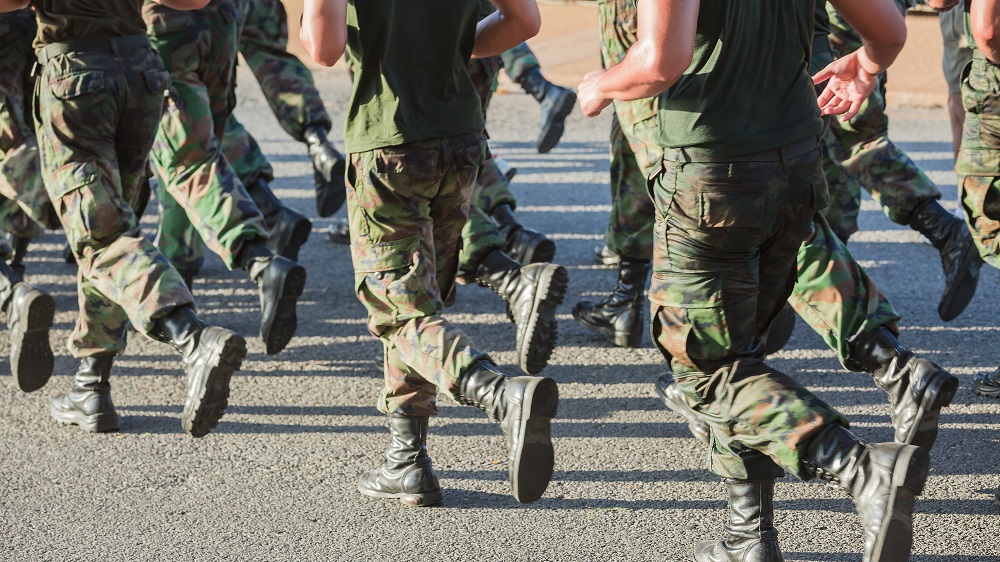A new study has reported that adopting more healthy lifestyle habits continuously lowers mortality risk, resulting in many years of added life expectancy [1].
The magnificent eight
Lead a healthy lifestyle, and you will live longer. This sounds trivial, but it is important for geroscience to quantify just how much lifespan extension is associated with each individual lifestyle factor. This was the topic of a new study published in the American Journal of Clinical Nutrition.
The paper was based on the Million Veteran Program, one of the largest and longest-running populational studies of its kind. The program contains a vast amount of health and lifestyle information on hundreds of thousands of US veterans. Age- and sex-specific mortality rates were calculated using data from more than 700,000 participants, while lifespan expectancy increases were estimated from a smaller subgroup of 276,000 who had provided data on all eight chosen lifestyle factors, which included never smoking, physical activity, no excessive alcohol consumption, restorative sleep, nutrition, stress management, social connections, and no opioid use disorder.
The middle and the extremes
This study’s primary limitation was that the lifestyle factors were calculated as binary values. For instance, smoking was only recorded as 1 for people who have never smoked and 0 for people who had ever smoked in their lives. Sleep was divided between people who got 7-9 hours a day and people who did not. There was also an arbitrarily defined maximum of 4 alcoholic drinks per day. The researchers considered a healthy diet one that’s mostly based on whole food from plant sources. They controlled for such possible confounders as age, sex, BMI, race, ethnicity, socioeconomic status, current marriage status, and educational attainment.
Possible reverse causation, in which people switch to a healthy lifestyle after having accumulated health concerns, was dealt with by sensitivity analyses based on the participants’ history of diseases. Importantly, the results were stratified by sex, despite females constituting just 7% of the sample. There are gender-based differences in average life expectancy as well as in certain aspects of aging.
Most of the participants had three to six risk-lowering lifestyle factors at baseline. The extremes were much less populated: only 1.5% had all eight factors, and only 0.2% had none. At baseline, participants with a higher number of risk-lowering factors were more likely to be married, more educated and more well-off, and less likely to be obese or of African descent.
Double-digit increases in lifespan
The mortality rates differed widely depending on the number of risk-lowering factors. For veterans with zero factors, it was 70.2 deaths per 1000 person-years, while for veterans with all eight factors, it was only 6.8 deaths per 1000 person-years: more than a ten-fold decrease. Importantly, the decrease in the mortality risk was continuous, going down when one more risk-lowering factor was added.
The individual factor providing the largest decrease in mortality risks was exercise. Being physically active was associated with a massive 50% decrease in mortality for men and 46% for women. The second place went to the factor that affected only a fraction of the sample: “no opioid use disorder”. Next on the list were “never smoking” (35% for men, 30% for women), “neither anxiety nor depression” (33% for men, 29% for women), “no frequent binge drinking” (25% for men, 19% for women), healthy diet (23% for men, 21% for women), “7-9 hours of sleep” (22% for men, 18% for women), and “positive social interaction score” (15% for men, 5% for women).
How does this translate into years of life? For veterans with zero risk-lowering lifestyle factors, estimated remaining life expectancy at 40 was 23 years for males and 27 for females. Among those who had adopted all eight factors, it was 47 years for males and 47.5 years for females. While the gap between the people with the healthiest and the unhealthiest lifestyles shrank with age, it was still considerable at 50: 21 years for males and 19 years for females.
This study employs an interesting design to highlight both the importance of each risk-lowering lifestyle factor and of adopting as many of them as possible. However, some design features make interpreting results harder. For instance, the large gap between the effects of physical activity and of healthy diet is unusual to see and might be explained by the variables’ binary nature and arbitrary cut-offs. As always, populational studies are prone to confounding and can only show correlation but not causation.
On the basis of data of 34,247 deaths accrued during >1 million person-years follow-up of veterans, we found that the reduced risk for mortality was associated with 8 individual low-risk lifestyle factors. We estimated that comprehensive adherence to all 8 low-risk lifestyle factors could prolong life expectancy at age 40 y by 24.0 y for male veterans and 20.5 y for female veterans, compared with those who adopted zero low-risk lifestyle factors.
Literature
[1] Nguyen, X. M. T., Li, Y., Wang, D. D., Whitbourne, S. B., Houghton, S. C., Hu, F. B., … & Wilson, P. W. (2024). Impact of 8 lifestyle factors on mortality and life expectancy among United States veterans: The Million Veteran Program. The American Journal of Clinical Nutrition, 119(1), 127-135.







